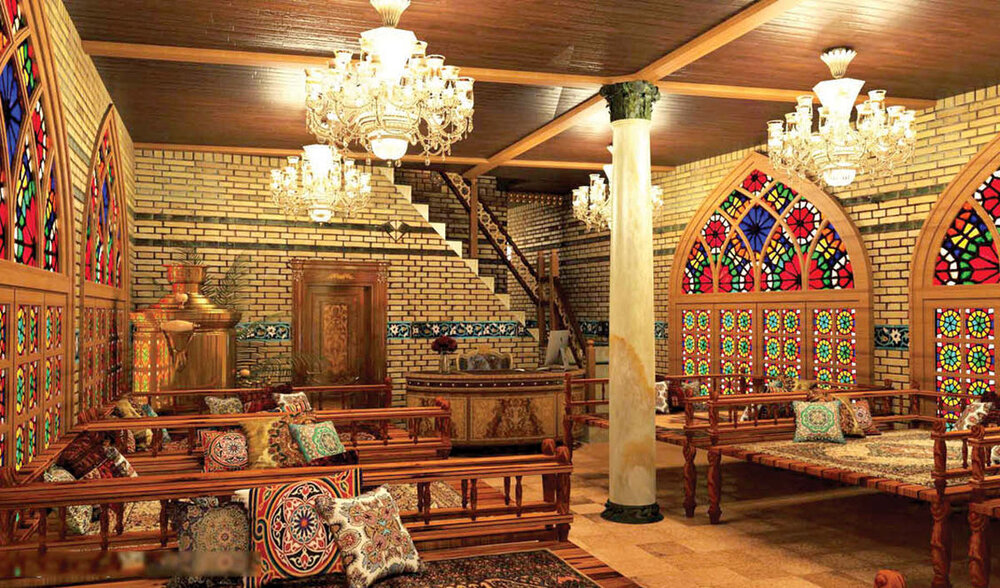ISO offers new standards for traditional restaurants

TEHRAN – The International Standards Organization (ISO) has recently published a new document on traditional restaurants.
The Islamic Republic of Iran has proposed and managed the compilation of the document entitled “Tourism and related services — Traditional restaurants — Visual aspects, decoration and services”, an official with the tourism ministry has announced.
The document addresses traditional restaurants as an important component of the development of food tourism, therefore in order to prevent problems in traditional restaurants around the world as well as to provide desirable experiences for tourists, the document has been published, IRNA quoted Hansa Qaderi as saying on Wednesday.
Nowadays, traditional restaurants have become a favorite destination for tourists all over the world, and sometimes they are the main attraction in the tourism and food industries, the official added.
Tourists, however, often do not know the destination food and its associated customs, and making the wrong choice can affect their enjoyment of the trip, she noted.
New standards for traditional restaurants, along with clarifying what a real restaurant is and guiding the providers of these services, will assist in establishing a pleasant experience and making tourists familiar with traditional foods and drinks as well as food customs in different countries, she explained.
The document ISO 21621, which is published in 18 pages, establishes requirements and recommendations related to the environment and the service provision of traditional restaurants, which belong to a specific cuisine and custom of a specific country or area.
This document specifies physical features of traditional restaurants (visual specifications for buildings, furniture, and decoration), elements related to the specific cuisine and customs of serving food as well as staff requirements (clothing, behavior, language) that affect the traditional style and quality of the service.
Requirements related to the technical characteristics of the buildings and general requirements of preparation and cooking in the kitchen and other back-office spaces are not included in this document.
Iranian cuisine, usually dominated by fragrant herbs, varies from region to region. It principally accentuates freshness, deliciousness, and colorfulness.
Iranian cooking can be seen as a metaphor for the country itself: It’s tart, sweet, fragrant, and vastly complex. It's one of the world's oldest, yet largely obscure, culinary landscapes, with roots dating back to the ancient Persian Empire.
ABU/AFM
